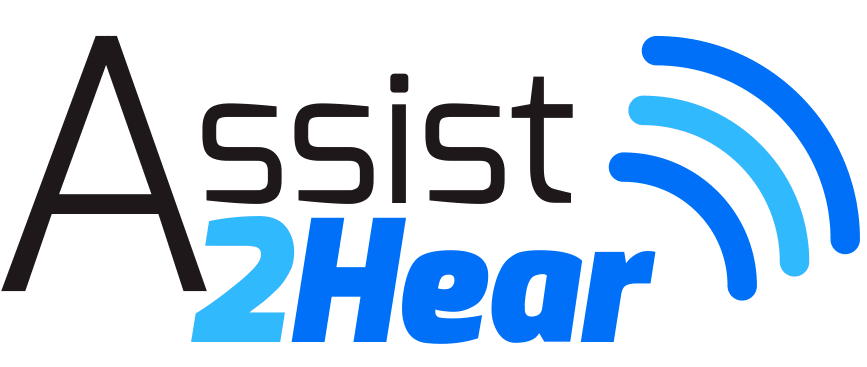Hearing loops in library systems are an essential part of reducing barriers to services for library patrons. Without hearing loops in library systems, persons living with hearing loss can find library services difficult or embarrassing to utilize.
What is the first rule of thumb in a library? Be quiet! Now imagine having hearing loss and attempting to communicate in a library. Perhaps you are at the information desk and you asking where a specific book is located. The librarian will provide detailed instructions, in a soft tone, because that’s what you do in a library – talk quietly. Unfortunately speaking softly makes for an incredibly challenging situation for persons living with hearing loss. In the library, a conversation in an elevated volume brings disapproving eyes and a “shhhhh!”
Hearing loops in library systems are an essential part of reducing barriers to services for library patrons. Without hearing loops in library systems, persons living with hearing loss can find library services difficult or embarrassing to utilize. The information desk is just one of many locations where hearing loops can help users hear better in libraries. Library hearing loop systems should be present in a variety of forms, such as large area hearing loop systems in public meeting rooms and small area loop systems, such as counter loops at information desks.
One of the most common locations for hearing loops in a library is the community or meeting room. Most libraries have meeting room(s) that are available to the public for use to host or engage in seminars, trainings, and even government functions, such as such as city council meetings. Most of these rooms also have a microphone and/or audio-visual system in them, which means they are also legally required to offer hearing assistive technology to users to meet ADA regulations related to access for persons with hearing loss. In new libraries, hearing loops are becoming the standard hearing assistive technology offered because of the high level of user-satisfaction and the ability for patrons to use the system without the librarian or library workers having to maintain and checkout additional equipment.
It is essential for librarians and library workers to assess their local library resources to make sure that hearing assistive technology is present for the community. A counter hearing loop is a very cost-effective way to help persons with hearing loss access the basic services of the library. If a large area hearing loop is not in the library budget now, a lower cost system such as FM or IR may be a short-term solution to ensure compliance with the ADA and make sure that all library patrons can access services, such as use of the community room.
Assist2Hear has installed hearing loops in many library systems. In the Front Range of Colorado, these hearing loop locations include:
- Douglas County Library system (Parker, Highlands Ranch, Castle Rock, and Castle Pines, CO)
- Old Towne Library (Fort Collins, CO)
- Pikes Peak 21C Library (Colorado Springs, CO)
For more information about what it takes to install a hearing loop in your local library, give Assist2Hear a call today! We offer the free site assessments for hearing loop systems and can also provide you with a demonstration counter loop to test at the information desk or other point of service. Additionally, Assist2Hear also offers training resources to library staff about hearing loss and how to effectively communicate with persons with hearing loss.
